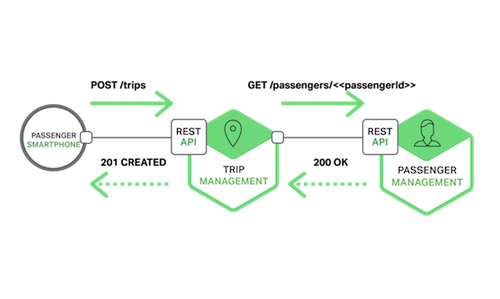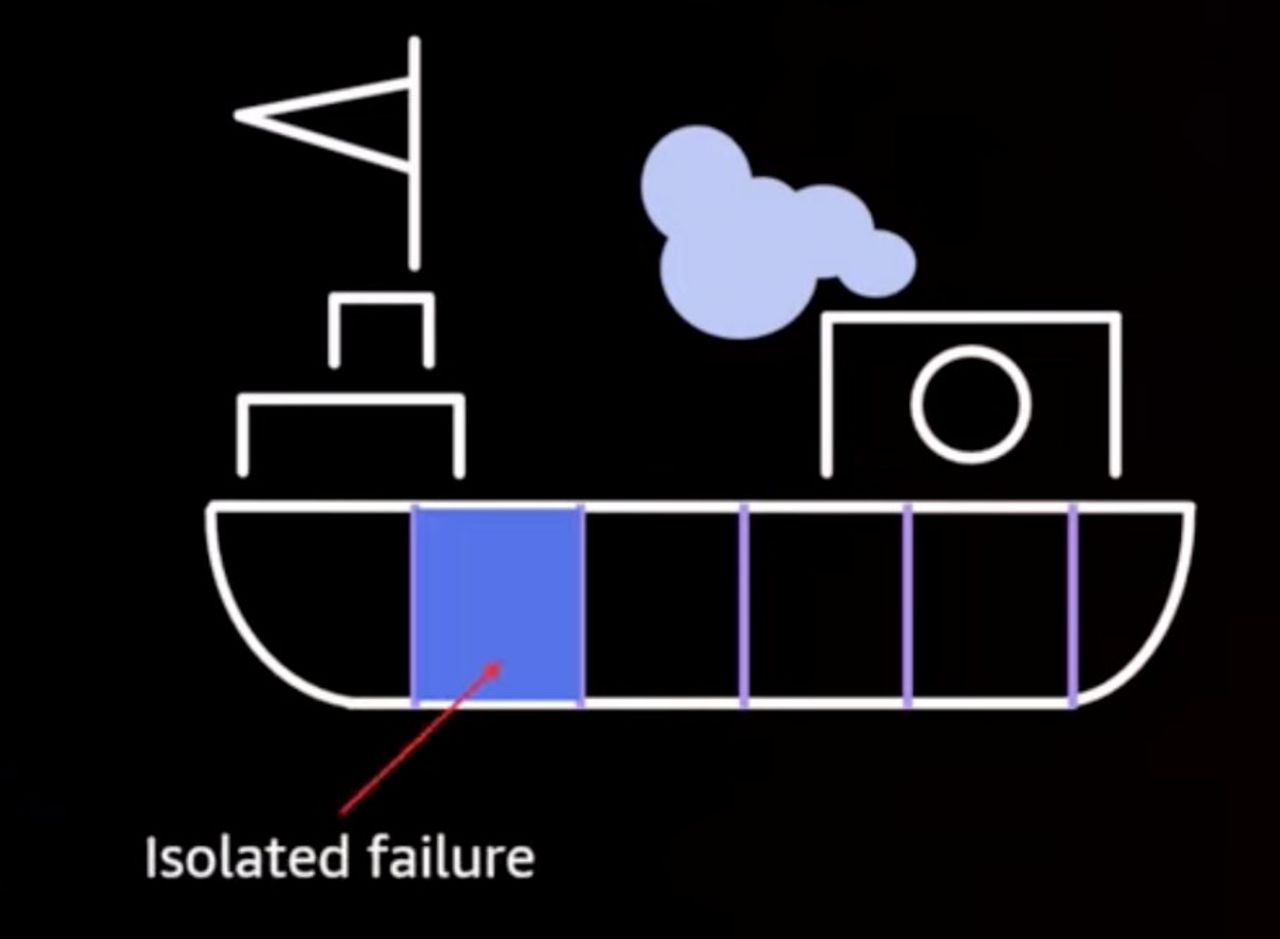Editor – This seven-part series of articles is now complete:
[…]
When selecting an IPC mechanism for a service, it is useful to think first about how services interact. There are a variety of client⇔service interaction styles. They can be categorized along two dimensions. The first dimension is whether the interaction is one‑to‑one or one‑o‑many:
[…]
Each service typically uses a combination of these interaction styles. For some services, a single IPC mechanism is sufficient. Other services might need to use a combination of IPC mechanisms. The following diagram shows how services in a taxi-hailing application might interact when the user requests a trip.
[…]
A service’s API is a contract between the service and its clients. Regardless of your choice of IPC mechanism, it’s important to precisely define a service’s API using some kind of interface definition language (IDL). There are even good arguments for using an API‑first approach to defining services. You begin the development of a service by writing the interface definition and reviewing it with the client developers. It is only after iterating on the API definition that you implement the service. Doing this design up front increases your chances of building a service that meets the needs of its clients.
[…]
Now that we have looked at using messaging‑based IPC, let’s examine request/response‑based IPC.
[…]
Microservices must communicate using an inter‑process communication mechanism. When designing how your services will communicate, you need to consider various issues: how services interact, how to specify the API for each service, how to evolve the APIs, and how to handle partial failure. There are two kinds of IPC mechanisms that microservices can use, asynchronous messaging and synchronous request/response. In the next article in the series, we will look the problem of service discovery in a microservices architecture.
[…]






